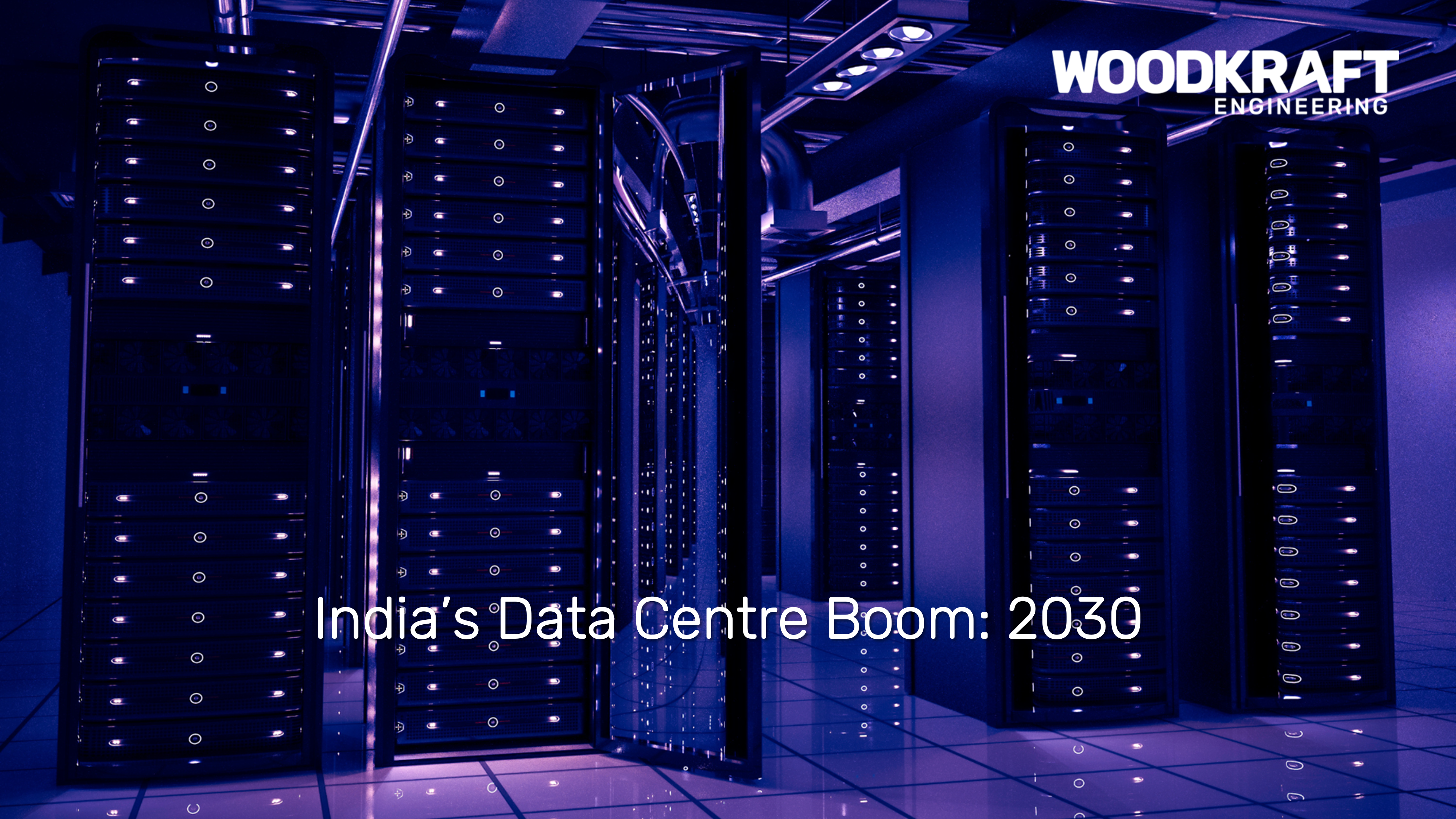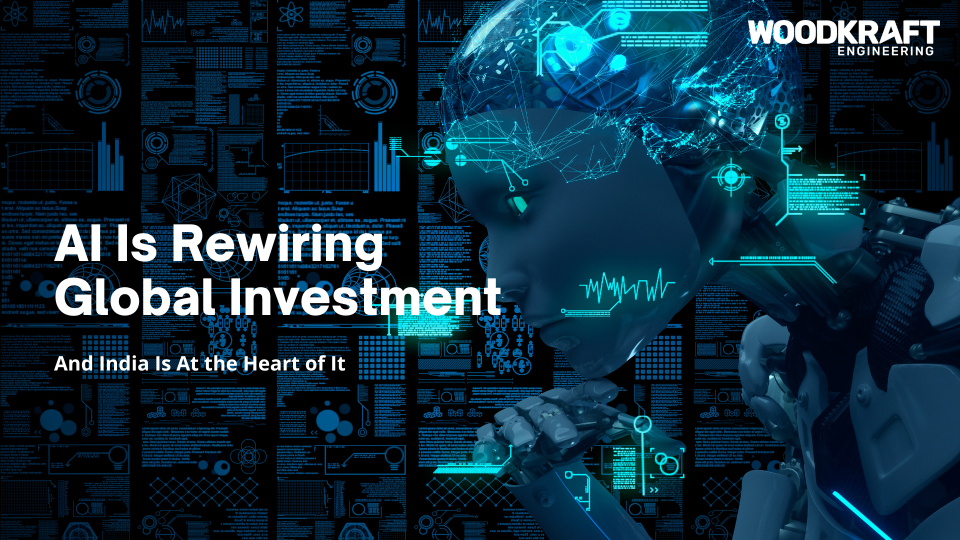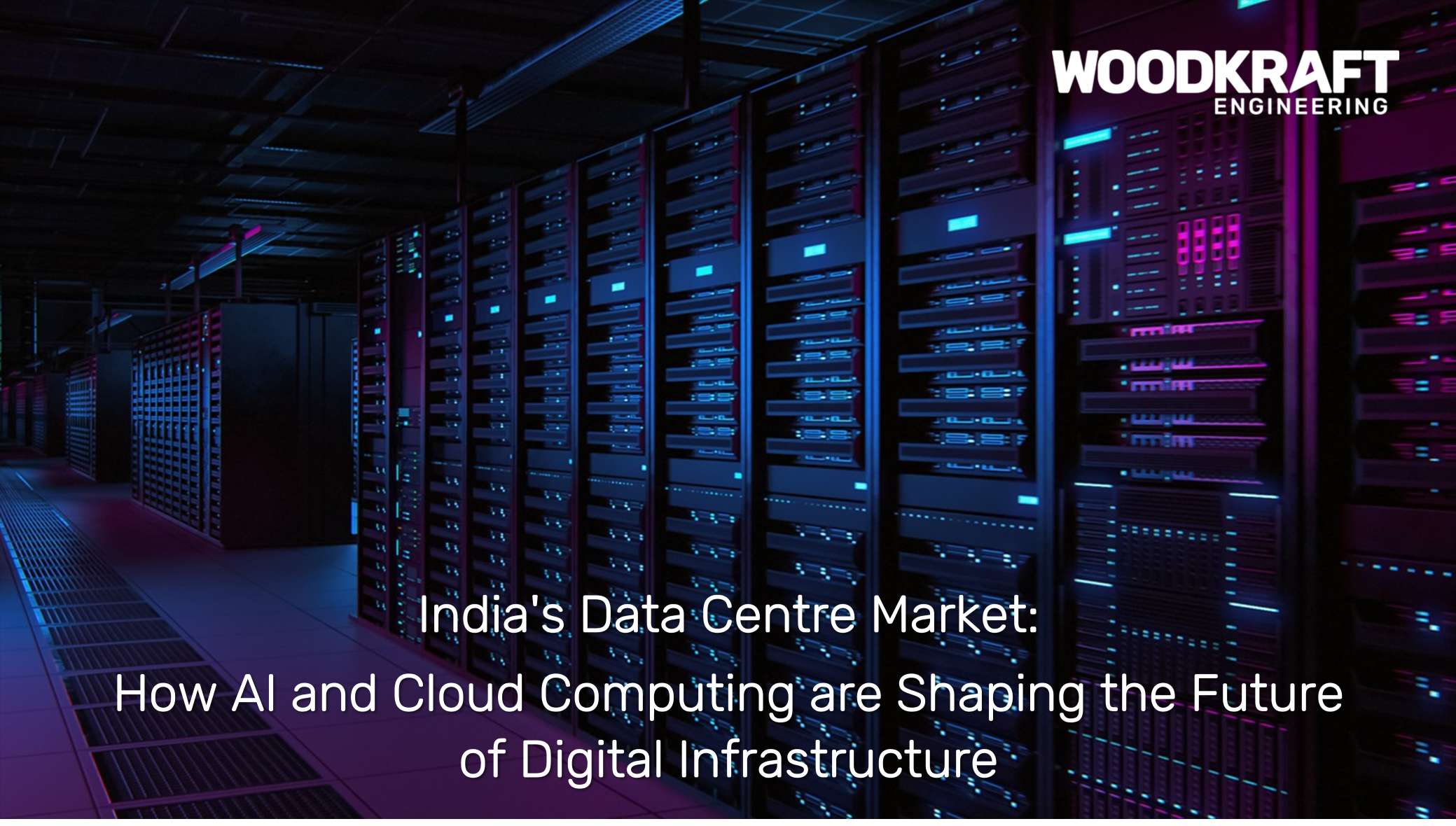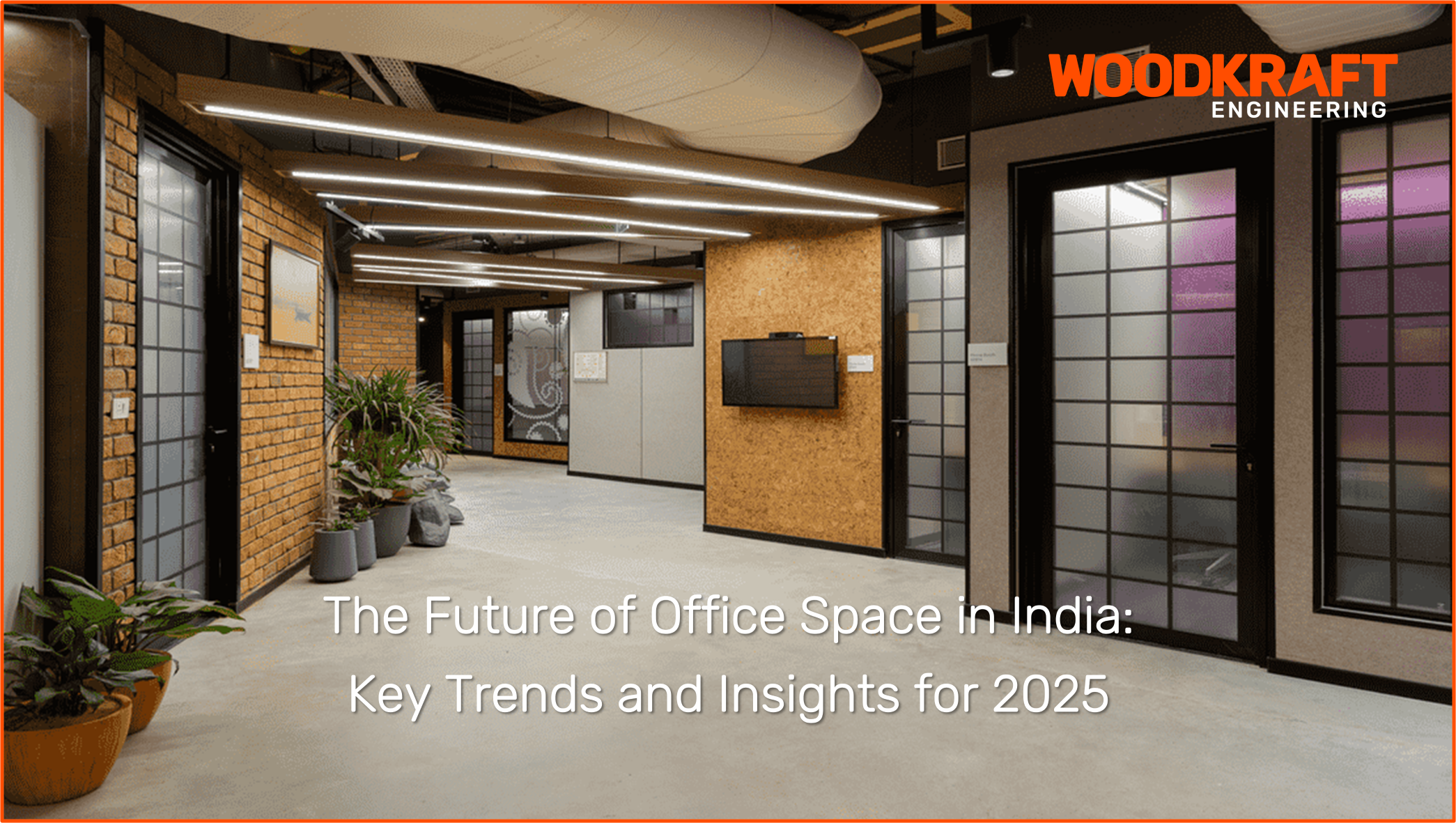BLOGS
India’s Data Centre Boom: 2030
June, 2025
India is at the centre of a global digital infrastructure shift. With the rise of AI, cloud services, and data localisation, the need for robust, scalable, and sustainable data centres has never been greater.
Two authoritative reports — Colliers’ “The Digital Backbone: Data Centre Growth Prospects in India” and Deloitte’s “Accelerating AI Data Centre Infrastructure Investments in India” — offer a detailed blueprint of what the future holds. Their findings signal a dramatic reshaping of India's real estate, energy, policy, and investment landscapes by 2030.
India to Surpass 4,500 MW of Data Centre Capacity by 2030
Colliers estimates that India's live data centre capacity will triple, from 1,263 MW in 2024 to over 4,500 MW by 2030. This capacity expansion will be supported by an additional 50 million sq. ft. of real estate, primarily to cater to AI-driven workloads.
The key demand drivers:
- Explosion of enterprise cloud adoption
- Rise in generative AI applications
- Digital transformation of sectors like BFSI, manufacturing, and healthcare
- Growing demand for data localisation and sovereign cloud

Investment Opportunity: $25 Billion Pipeline
India has already seen $15 billion in data centre investment since 2020. Colliers projects $20–25 billion more to flow into the sector by 2030.
Key insights:
- 85% of this investment will go into top 5 cities: Mumbai, Chennai, Hyderabad, Pune, and NCR.
- Hyderabad and Pune are seeing the fastest growth rates, with hyperscaler deals increasing year-on-year.
- 45% of upcoming supply will be under construction in 2024–25.
AI Will Accelerate Infrastructure Demand Exponentially
Deloitte’s report introduces the AI lens — a crucial new dimension:
- India will require an incremental 40–45 TWh of electricity by 2030, just to power AI-linked data centres.
- 6 pillars are critical to build a sustainable AI infrastructure ecosystem:
Real estate, power, connectivity, compute infrastructure, talent, and policy.
The report underscores how AI workloads demand 3–5x higher compute and cooling power than traditional cloud environments, placing new engineering and sustainability demands on facilities.
Real Estate Transformation: From Land to Tech Parks
According to Colliers:
- India's total data centre real estate footprint will grow from 15.9 million sq. ft. in 2023 to over 55 million sq. ft. by 2030.
- Land demand is shifting toward tier-1 peripheries and emerging tech corridors: Chakan (Pune), Chandanvelly (Hyderabad), Ambattur (Chennai), and Greater Noida (NCR).
Developers are actively partnering with EPCs and hyperscalers to deliver AI-ready parks that prioritise:
- High floor loading
- Dedicated substations
- Redundant fibre loops
- Liquid and free-air cooling support

The Role of Sustainability
Both reports place significant emphasis on sustainable design and operations:
- Data centres consume 3–4x more energy per sq. ft. than office buildings.
- Most operators are now moving towards renewable power PPAs, gas-based energy, and carbon-neutral construction.
Green building certifications (like IGBC, LEED, BREEAM) are becoming the standard for large campuses.

Policy as a Catalyst
India’s policy environment is improving but remains fragmented.
Deloitte recommends:
- Single-window clearances for data centre projects
- Inclusion in the Essential Services Maintenance Act
- Faster approvals for renewable energy integration
- Dedicated zoning and fire norms in the National Building Code
Several states like Tamil Nadu, Maharashtra, and Telangana have taken the lead with data centre policies, offering clear incentives and land banks.
Talent, Tech, and the AI Skills Gap
Deloitte highlights the need to upskill 1.5–2 million professionals across design, operations, cybersecurity, and AI infrastructure management over the next 5 years.
India has the demographic advantage, but it needs focused investment in:
- MEP and HVAC engineering education
- Facilities management for critical infrastructure
- Cross-functional talent in energy, IT, and construction
Woodkraft’s Perspective
As a leader in integrated design, engineering, procurement and construction, Woodkraft is proud to help deliver the digital infrastructure India needs.
We specialise in:
- MEP-intensive design for data centre and mission-critical facilities
- Energy-efficient build systems
- Rapid deployment of shell & core and interior fit-outs
- Collaborating with real estate developers, hyperscalers, and consultants
We believe that designing for AI, building for sustainability, and engineering for scale will define the data centre success stories of the next decade.
Conclusion
The Colliers and Deloitte reports together offer more than forecasts — they present a roadmap for India’s emergence as a global data infrastructure hub.
With $25 billion in investments, massive energy needs, and growing AI demand, the next five years will reshape not only India’s digital capabilities but also its built environment.
At Woodkraft, we’re proud to be part of this transformation.
Data and insights in this article have been sourced from reports by Colliers and Deloitte.
Stay inspired, stay informed, and stay connected with Woodkraft.
Follow Woodkraft on LinkedIn for the latest updates and inspiring workspace solutions.





